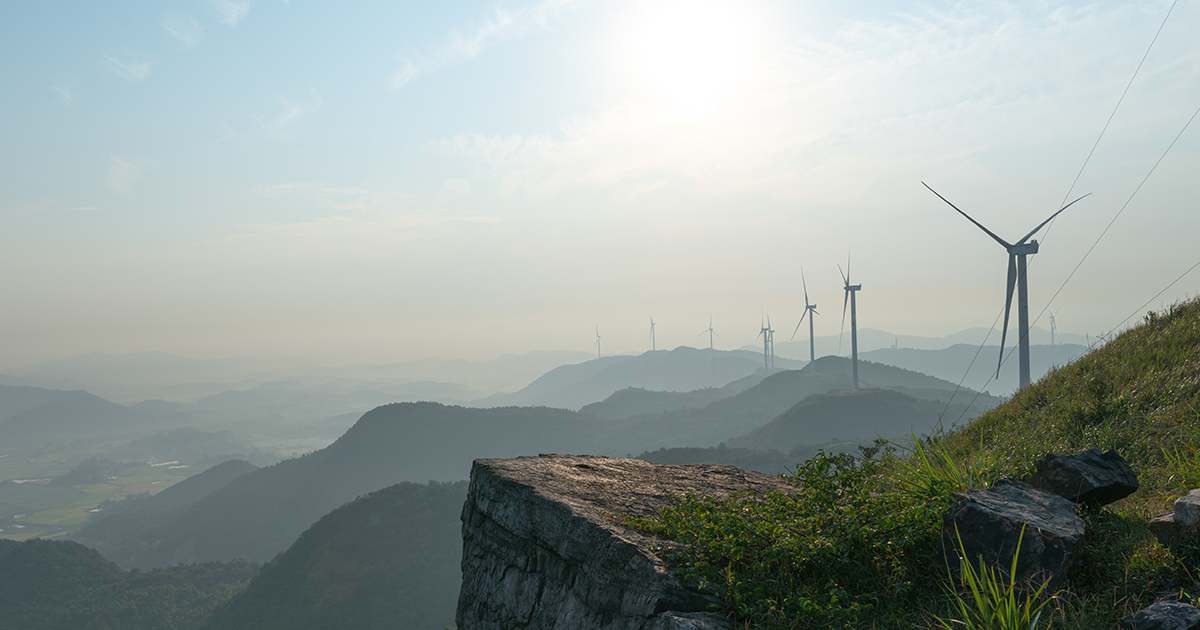EXECUTVE SUMMARYAs geopolitical volatility rises, new pathways and strategic rationales for the energy transition and climate finance are emerging, driven by national interests and economic objectives. Climate action is not winding down—it is entering a new phase.
International cooperation on climate is politically challenging. Beyond more technical negotiation points, significant new momentum through the Paris Agreement is likely to encounter obstacles for years to come. But as domestic policy priorities such as security, competitiveness, and resilience come to the fore, the energy transition and climate finance are continuing to move forward, now in large part outside of the multilateral process.
China and Europe are at the forefront of this shift. Although both remain committed to international dialogue on climate, national ambitions are core to their low-carbon agendas.
For China—already the world's leading provider of most green technologies—today's global political landscape is strengthening the competitive basis to accelerate its energy transition and green technology breakthroughs. For Europe, the imperative of reducing fuel import vulnerabilities and enhancing economic growth continues to provide an impetus for decarbonization.
With green supply chains spreading globally and clean technology prices falling, the energy transition is growing in appeal around the world. Emerging markets are a proof point, with many now turning to renewable energy for economic rather than political reasons.
At the same time, the costs of climate impacts are rising and the Paris Agreement goal of limiting global temperature rises to 1.5° Celsius looks increasingly hard to reach. These factors are creating further incentives for both public and private investment in
adaptation. Metrics such as bond issuances for adaptation uses are starting to reflect this trend. In what Eurasia Group terms a 'G-Zero world', in which no single country or group of countries is both willing and able to drive a global agenda or provide global public goods, the strategic case for investment in physical resilience only deepens.
As this new era unfolds, organizations will need to combine a nuanced understanding of global political factors with robust data insights to understand where risks and opportunities lie. The energy transition and climate finance are recalibrating, offering new avenues for long-term growth.
Download the full report below.
This report was also published by LSEG here on June 23, 2025.

